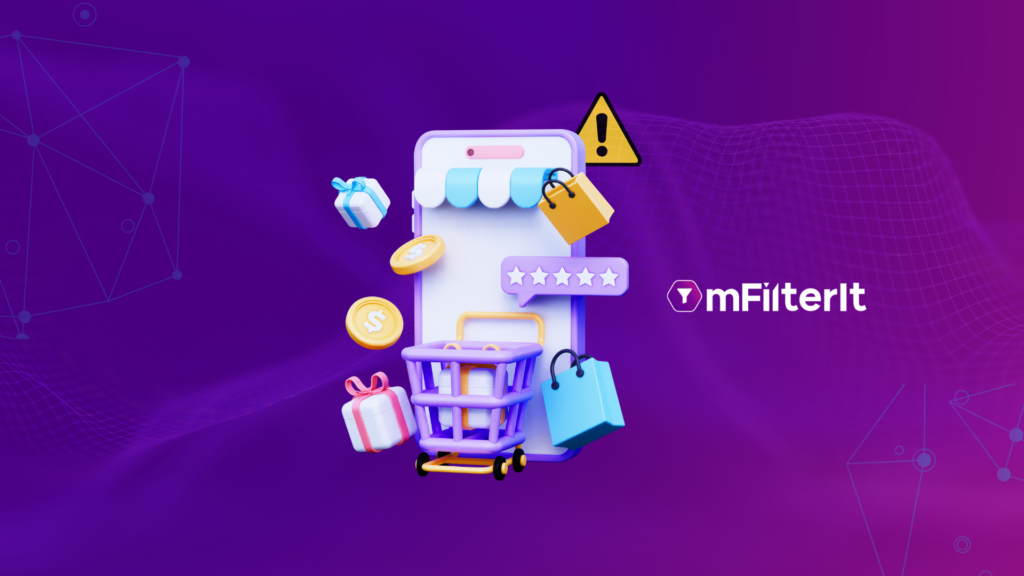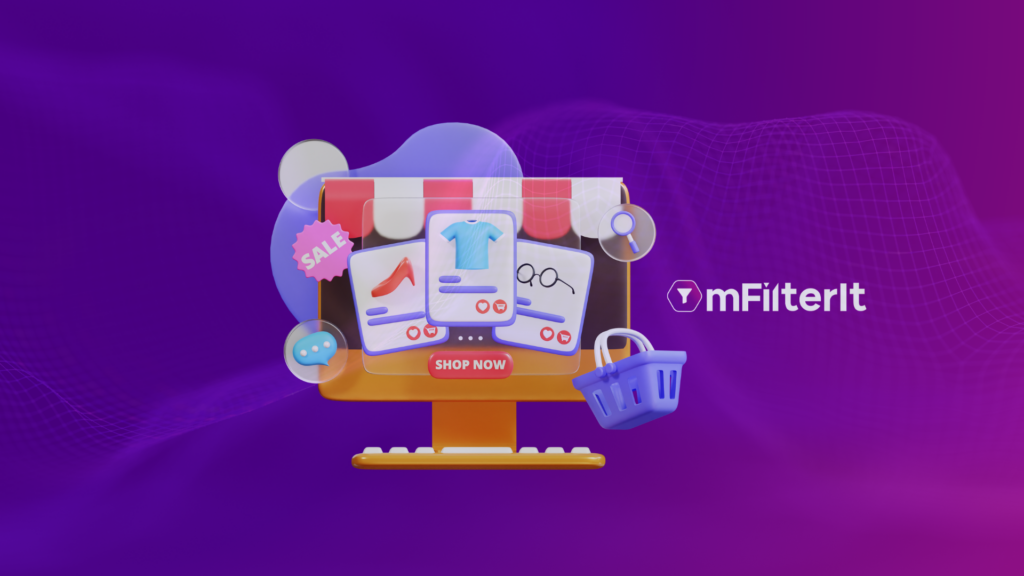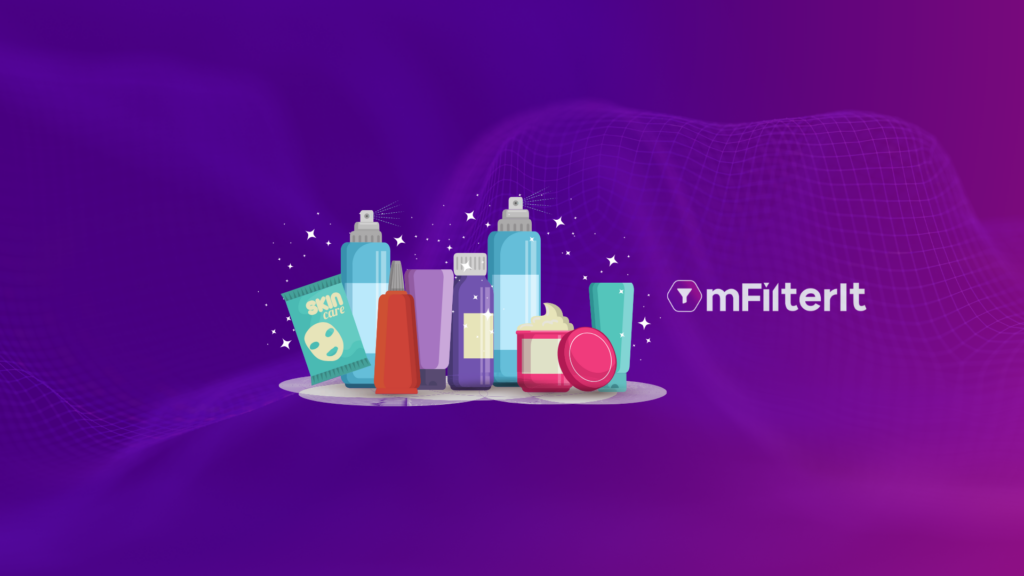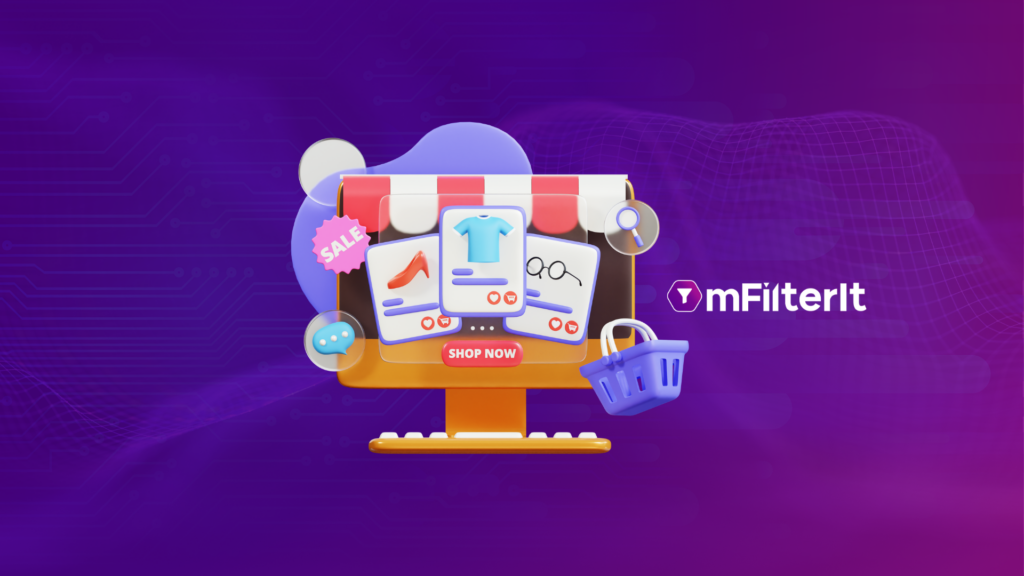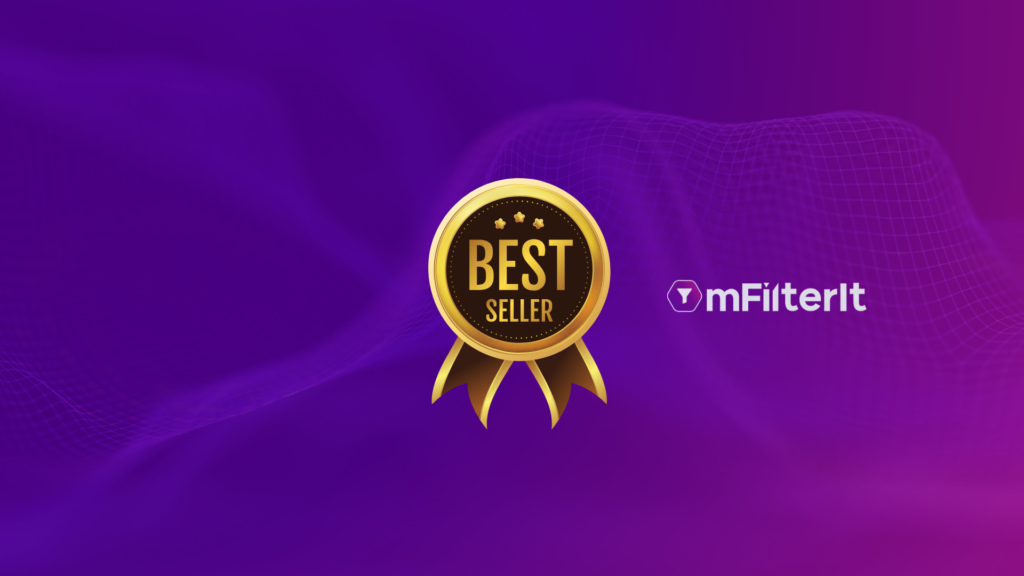MAP Violations: Roadmap to Prevent Pricing Violations
Summary According to a study, 50% of the time unauthorized sellers violate Minimum Advertised Price (MAP) policies. MAP violations hamper the brand reputation and dent the profit margin. Brands need to be aware of pricing on every product listing across the eCommerce marketplaces. Tracking MAP violations is the right way forward to build brand trust & loyalty. Why do brands need MAP policies? The pandemic has pushed the boundaries for digital commerce and accelerated its adoption. The wave of evolution in the digital ecosystem has opened doors to enormous growth opportunities. But with great opportunity comes great challenges. Brands need a set of ground rules or policies in place to maintain their brand reputation. The Indian digital ecosystem has been on the flyer with high demand for a convenient and seamless shopping experience. In a race to provide lucrative discounts, brands must ensure they do not lose out on brand reputation and value. Brands need to set a threshold value for Advertised Selling Price (ASP) and track any violations on the minimum advertised price (MAP). According to a study conducted by Harvard Business Review on manufacturers, unauthorized sellers violate Minimum Advertised Price (MAP) policies 50% of the time, while authorized sellers do that 20% of the time. Of course, this is in the US scenario, but the fact is quite relevant in the global digital ecosystem and the Indian eCommerce market as well. How can a brand prevent MAP violations? The growing demand has led to a rapid rise in the number of 3rd party marketplaces online. Now, products are being sold by multiple sellers and resellers across the digital commerce ecosystem. This makes it essential to formulate MAP policies. The Map violations not only hamper the brand reputation but also dent the profit margin. Brands need to be aware of pricing on every product listing across the eCommerce marketplaces. MAP Policy – A must For Brands in Today’s Digital Ecosystem. MAP or Minimum Advertised Pricing policies are set forth by the manufacturer or brand to set the lowest price point for sellers to advertise the product. Sellers can only advertise on the price set via an agreement between manufacturers and distributors. MAP policies safeguard brand interest and reputation creating a perfect price perception across the digital ecosystem. What are the Benefits of monitoring MAP violations? Brands need to show alacrity and turn towards technology to track pricing and discount violations. The key challenge is monitoring the massive range of products on multiple eCommerce marketplaces. The diversion from the set threshold could be monitored if every listing on the eCommerce marketplace is tracked. Tracking at what price sellers are advertising the product will help brands identify and act upon any pricing violation across their product listings. Switch to Digital commerce intelligence systems to analyze products on multiple KPIs and provide actionable insight to act upon brands to enhance product performance and optimize the customer experience. Track the performance of sellers across platforms and pin codes. The tracking pricing and discount violations will maintain the brand reputation in terms of pricing & discount offered across the digital commerce ecosystem. How to effectively enforce Minimum Advertised Price? Even the thought of monitoring MAP compliance manually is out of context in the ever-evolving digital ecosystem. Every brand with an extensive online presence needs comprehensive MAP policies and a data-driven system to enforce MAP violations. The ecommerce competitive analysis with price monitoring across listed product categories and sub-categories on eCommerce platforms can ease the burden of brands by tracking non-compliance and identifying authorized sellers. Brands enlist numerous sellers who advertise and sell their products online. The widely distributed scale of products means there is more need for monitoring MAP violations across all online channels. A comprehensive system deployed to prevent MAP violations will protect the brand Image and save the profit margin of loyal authorized sellers. The actionable insights on violators will protect the brand interest and allow them to act against non-compliant sellers. Final Thoughts Tracking MAP violations is of utmost importance to protect brand reputation. Brands need to stay a step ahead of their competitors in this cutthroat competitive digital ecosystem and be equipped with the right tools to optimize the customer journey at multiple touchpoints. mScanIt, an eCommerce intelligence solution via its pricing analysis tool tracks any pricing & discount violations across sellers and geographies along with conducting comprehensive pricing analysis across eCommerce platforms. It Identifies which seller is the outlier in the average price threshold. It also main the violator list for product Original Equipment Manufacturer (OEM) codes across brands, sub-categories, cities, and eCommerce marketplace. As someone rightly said there is no advertisement as powerful as a positive reputation – words travel fast. Plug MAP violations to build brand loyalty and maintain your brand value among retailers and customers. Get in touch with our experts for deeper insights. Reach out to learn more!
MAP Violations: Roadmap to Prevent Pricing Violations Read More »

